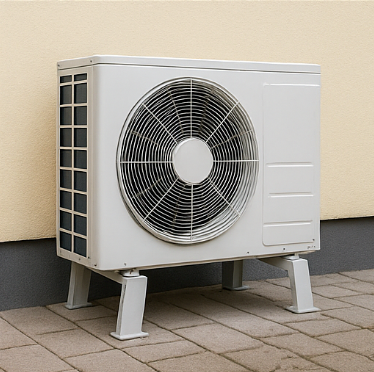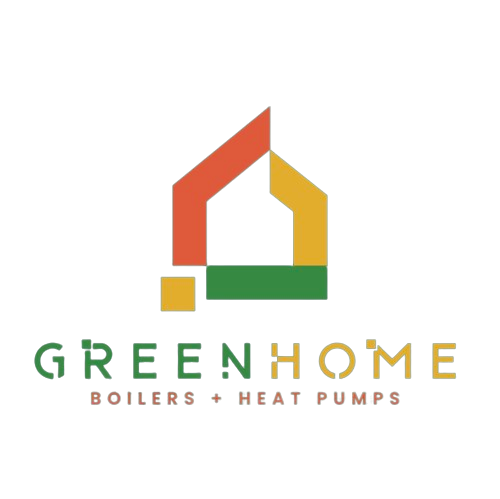Maximising Your ASHP's Potential: Smart Outdoor Unit Placement Strategies
When it comes to air source heat pump installation, the location of your outdoor unit is not just a matter of convenience, but a crucial factor that can significantly impact the system's overall performance and efficiency. Understanding and implementing proper placement can empower you to optimise your heat pump's functionality, reduce noise levels, and even extend its lifespan. This guide will walk you through key considerations for optimal ASHP location, equipping you to get the most out of your heating and cooling system.
Air Flow Considerations
One of the primary factors to consider is
air flow considerations for ASHPs. The outdoor unit needs ample space to draw in air efficiently. Ideally, it should be placed in an open area with good air circulation. Avoid positioning the unit in enclosed spaces or areas where walls, fences, or dense vegetation might restrict airflow.
Clerance Requirements
Outdoor unit clearance requirements are essential for both performance and maintenance. Most manufacturers recommend at least 300mm of clear space on all sides of the unit, with some suggesting up to 1 metre for optimal performance. This clearance ensures good airflow and allows easy access for maintenance and repairs.
Noise Reduction Strategies
Some homeowners and neighbours are concerned about noise. Implementing
heat pump noise reduction strategies during installation can make a significant difference. Consider placing the unit away from bedrooms and living areas and using noise-absorbing materials or barriers if necessary. Some homeowners opt for
heat pump landscaping integration, using shrubs or fences to create a visual and acoustic barrier, but be careful not to impede airflow.
Efficiency Factors
Heat pump efficiency factors are closely tied to placement. The unit should be installed in a location that receives consistent temperatures throughout the year. Avoid areas that experience extreme temperature fluctuations or are prone to cold air pooling, as these can affect the system's performance.
Building Regulations
Being aware of and adhering to building regulations for heat pumps in your area is crucial. These regulations, which may include specific rules about the placement of outdoor units, distance from property lines, and noise restrictions, are in place to ensure the safety and comfort of all residents. Always check and comply with local regulations before
finalising your installation plans.
Performance Optimisation
For
ASHP performance optimisation, consider the direction your unit faces. In colder climates, a south-facing position can help the unit capture more warmth from the sun, improving efficiency during winter months.
Balancing Performance and Aesthetics
Lastly, when considering the placement of your outdoor unit, it's important to strike a balance between performance and aesthetics. While performance is critical, you'll also want to ensure the unit's placement enhances, rather than detracts from, your home's appearance and doesn't interfere with daily activities. By carefully balancing these factors, you can make informed decisions that will result in an installation that's both efficient and harmonious with your living space.
By carefully considering these
outdoor unit placement guidelines, you can ensure your air source heat pump operates at peak efficiency, providing reliable heating and cooling for your home while minimising potential issues. A well-placed ASHP is an investment in comfort, efficiency, and sustainable living.












